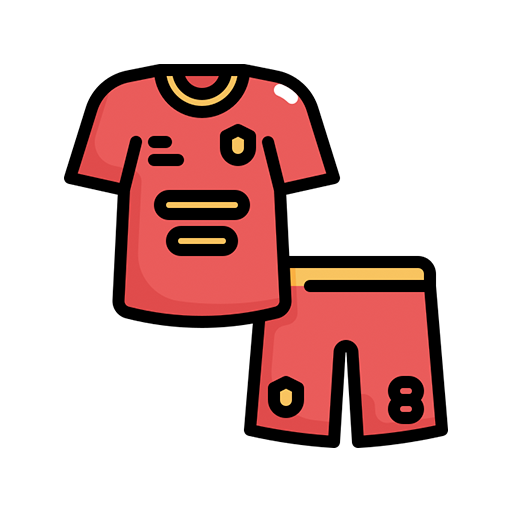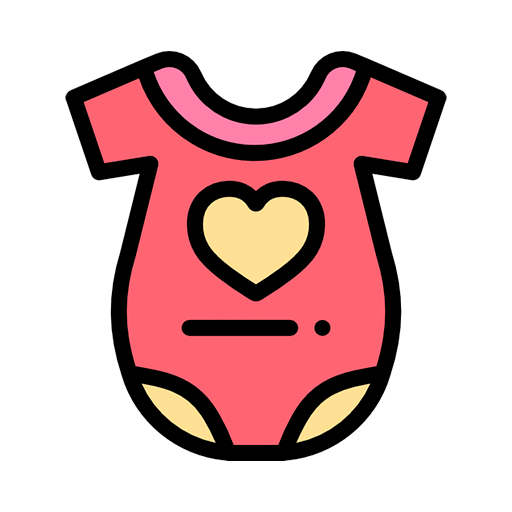
How to know what tog sleeping bag for baby?
Share
In the process of nurturing a child, every detail touches the hearts of parents, especially when it comes to issues related to their sleep. No detail can be overlooked, especially since it concerns the well-being of the little one. As seasons change and temperatures fluctuate, selecting a warm yet comfortable sleeping bag for the baby becomes a crucial task for many first-time parents.
This seemingly simple parenting accessory, in fact, encompasses a wealth of knowledge, as it not only affects the baby's sleep quality but also serves as an important safeguard for their safety.
Throughout each stage of the baby's growth, the sleeping bag plays an indispensable role. A suitable sleeping bag can provide just the right amount of warmth, effectively preventing colds caused by kicking off blankets. During the transitional seasons when temperatures vary greatly between day and night, and the baby's temperature regulation system is still developing, the sleeping bag offers a sense of security for their slumber.
Precise Matching: Size Matters
Choosing the right sleeping bag is vital to ensuring the baby's sleep quality, health, and safety, with size being the primary consideration. As the baby grows, their height and body shape undergo significant changes, necessitating adjustments in sleeping bag size to accommodate different developmental stages.
Matching by Age in Months
When selecting a sleeping bag for your baby, it is crucial to consider their age. Different brands and models typically come with clear size specifications, such as 73cm, 90cm, 110cm, and 130cm, which correspond to various stages of your baby's growth.
For instance, babies aged 0-6 months are suited for a 73cm sleeping bag, while those between 6 to 12 months would find a 90cm-long sleeping bag more appropriate. Babies aged 12 to 24 months would do well with an 110cm-long sleeping bag, and those between 24 to 36 months can opt for a 130cm sleeping bag.
The chosen sleeping bag should be of the right size, neither too tight nor too loose, allowing your baby to stretch freely during sleep while minimizing the risk of slipping out.
Moderate Thickness: Warm without Being Hot
The thickness of the sleeping bag also requires careful selection. The "Tog" rating can roughly indicate its warmth level. Generally, a 0.5Tog sleeping bag is suitable for air-conditioned environments in summer, being lightweight and breathable. A 1.0Tog is suitable for spring, autumn, or mild winter regions.
A 2.5Tog sleeping bag is the preferred choice for most families during spring, autumn, and winter, offering warmth without overheating. A 3.5Tog sleeping bag is for extreme cold or when indoor temperatures cannot be guaranteed. Parents should choose a sleeping bag with moderate thickness based on the actual temperature in their area, avoiding overheating or under-insulation.
Common Questions and Answers
How to Judge the Baby's Temperature?: Feel the back of the baby's neck to decide whether to add blankets or adjust clothing. If the neck feels warm, the baby is at a comfortable temperature. If it feels hot or sweaty, reduce clothing or blankets accordingly.
Do Babies Need to Wear Clothes Inside the Sleeping Bag?: Wearing a sleeping bag is akin to wearing a garment, so additional clothing is usually unnecessary. If the room is cold or the sleeping bag's collar is too large, consider adding a close-fitting cotton undergarment for warmth.
Do Babies Need to Wear Socks with the Sleeping Bag?: It depends on the baby's preference and room temperature. If the baby's feet tend to get cold, wear socks for protection. Alternatively, choose a sleeping bag with foot pockets to cover the baby's tiny toes.
Precautions
When selecting a sleeping bag for the baby, in addition to warmth and comfort, safety is also a non-negligible factor. Parents should pay special attention to the following details:
- Avoid Designs with Strings: According to the latest "Safety Technical Code for Infants and Children's Textile Products," strings are not allowed in hats and necklines of clothing for children under 7 years old to prevent strangulation risks. Thus, avoid sleeping bags with strings.
- Material Safety: The material of the sleeping bag should comply with the national Class A standard, with no residual harmful substances. A professional quality inspection report provides even greater reassurance. High-quality materials not only ensure the health of your baby's skin but also enhance the durability of the sleeping bag.
- Thoughtful Design: A good sleeping bag should feature a moderately sized neckline, a protective zipper guard, a two-way zipper for easy dressing and diaper changes, and hidden snaps at the bottom for convenient diaper changes. These thoughtful designs not only enhance your baby's sleep experience but also lighten the caregiving burden for parents.
In summary, choosing a suitable sleeping bag is crucial for your baby's healthy growth. It not only provides a warm sleeping environment for your baby but also effectively prevents colds and illnesses caused by kicking off blankets. When making a purchase, parents should fully consider their baby's actual needs, seasonal changes, as well as the material and design of the sleeping bag, to select a comfortable and safe one for their baby. Only in this way can babies sleep soundly, giving parents greater peace of mind.




